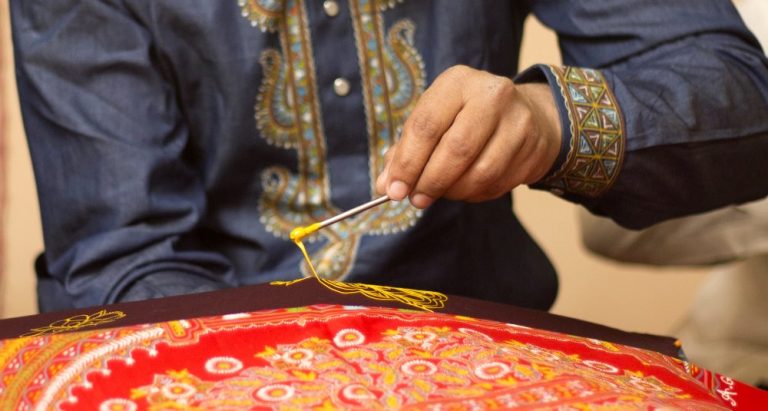Bell Metal — The unexplored craft of Assam

Assam is a state of mineral resources. Assam is primarily known for its 150 years old tea industry which is an integral place in the economy. It is industrially backward as it has few agro-based and mineral-based industries. Although, Assam has maintained a rich tradition of various crafts for more than two thousand years. Major Traditional crafts of Assam are Cane and Bamboo craft, bell metal and brass craft, silk and cotton weaving, toy and mask making, pottery and terracotta work, Woodcraft, musical instruments, jewelry making, etc. Metal craft of Assam is the second-largest and the oldest craft after handloom and textile in Assam. Bell Metal craft has been getting socio-cultural and religious importance over centuries. Sarthebari, a place located in Barpeta district, Assam is home to Bell Metal Industry. This craft dates back to the 7th century. Craft existed from the time of Kumarbhaskarvarman, the king of the Varman Dynasty. When the Kumar of eastern India gifted drinking...








